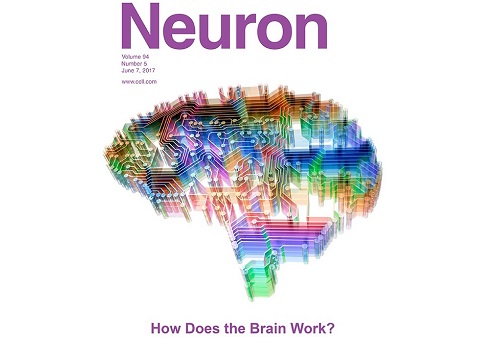Two Center for Neuroscience scientists made special issue of NEURON on how does the brain work
The journal Neuron has devoted a special issue entitled ”How does the brain work?” to a series of perspective articles that originated from a workshop, the first of its kind, with the same name at the Carlsberg Academy in Copenhagen on the 14th-16th of September 2016 organized by Per E. Roland and Henrik Lindén at the Center for Neuroscience.
Neuroscience does not have, as physics does, a standard model that serves as a conceptual structure in which gaps of knowledge and inconsistencies can be isolated and serve as impetus for experiments, technological improvements or elaborate calculations. With this background leading experts in experimental and theoretical neuroscience were invited to discuss their view on how a “common” brain theory should be formulated and what is currently missing in our understanding of our brain.
The result was a productive three-day workshop where new ideas where openly discussed. The participants emphasized that neuroscientists need to explore the full capacity of the brain by investigating more complex brain mechanics associated with complex behaviors than what is typically done in the laboratory, including social context and interactions. Further, experimental and theoretical evidence was presented that suggests that the brain has three fundamental dynamical states determined by the balance between excitation and inhibition and that changes in this balance govern the transition between the three states.

The Neuron special issue summarizes the topics discussed at the workshop and sets the direction for future work at the intersection between experimental and theoretical neuroscience.
Neuron special issue:
http://www.cell.com/neuron/issue?pii=S0896-6273(16)X0012-8
Contact:
Prof. Per E. Roland (Center for Neuroscience)
Email: mgt875@ku.dk
Assistant Prof. Henrik Lindén (Center for Neuroscience)
Email: hlinden@sund.ku.dk
